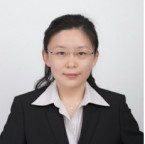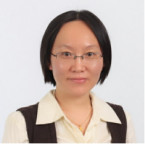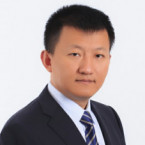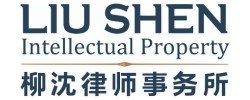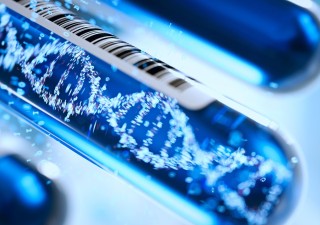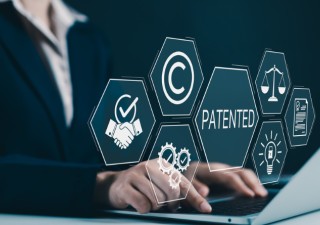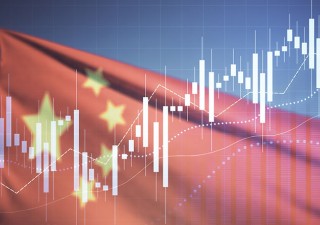The priority system originating from the Paris Convention for the Protection of Industrial Property plays an important role in the patent law of almost every country. The priority system allows the applicant to have enough time (12 months for invention and utility model patents) to modify, improve and/or translate the first patent application already filed, and file the subsequent application to obtain an extended protection for his invention; meanwhile, the subsequent application can enjoy the application date of the initial application.
As a general rule, for the subsequent application, the priority right can be claimed only based on the subject matter which has been described in the initial application. In cases where the subsequent application is derived by making modification to the first application so that the contents of the first application are different from those of the subsequent application, usually if the technical solution disclosed in the subsequent application has been recorded in the first application, the subsequent application may enjoy the priority right from the first application. However, for other contents which are disclosed in the first application but not disclosed in the subsequent application, sometimes it is not easy to determine to whether they can be referenced through the priority system when the subsequent application is prosecuted or is under the invalidation procedure.
An interesting example in this regard is if the first application discloses some specific technical effect which can be achieved by its technical solution, whereas although the subsequent application discloses the same technical solution, it does not disclose the technical effect clearly as the first application does, and the technical effect cannot be obviously contemplated from the technical solution per se, either. In this case, is it possible for the applicant to claim that the subsequent application can also achieve the technical effect? We think it is reasonable to say yes.
Specifically, the technical effect may be considered as an accompaniment of the technical solution disclosed in the specification and claims of the application. In other words, the technical effect is the inevitable technical result brought by the technical solution. Therefore, for a method claim including several steps, by performing these steps, the technical effect of the method can be naturally achieved; similarly, for an apparatus claim including several components, by the functions/operations of these components, or by constructing these components in a specific way, the technical effect of the apparatus can be obtained.
Bearing this in mind, if the subsequent application can enjoy the priority right from the first application because the technical solution described in the subsequent application is the same as that described in the first application, it may be reasonable to determine that the technical effect described in the first application can be objectively achieved by the subsequent application since the technical effect is tied to the technical solution, even if the technical effect is not recorded in the subsequent application.
It is meaningful to discuss this issue. The technical effect usually shows the purpose of the inventor for researching and developing the technical solution of the claim, and reflects the technical value of the technical solution. Thus, the technical effect is an important indicator for the technical improvement of the claim, and thus is very useful for determining the inventiveness of the claim during the prosecution or invalidation procedure. However, sometimes the technical effect may be omitted in the subsequent application due to some reason, which may render it difficult to prove the inventiveness of the claim to some extent. In such case, the reference of the technical effect from the first application would be helpful to compensate for this omission and strengthen the validity of the claim.




